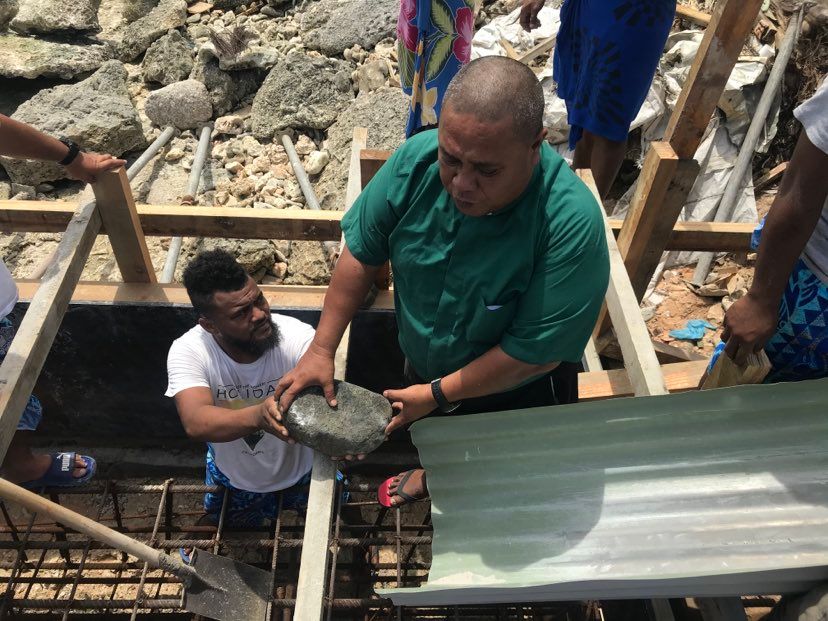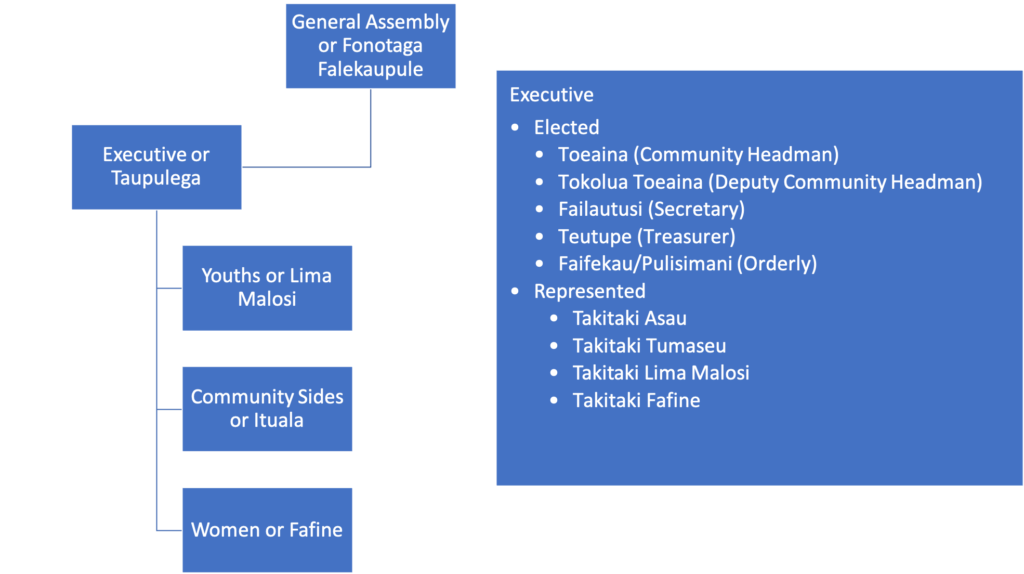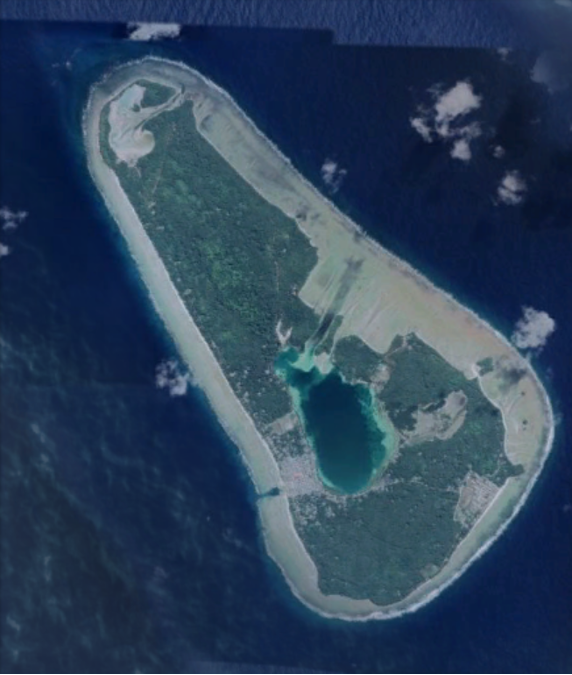About
Community men constructing the foundation for the Kainaki Sea Wall
Our Story
WHO WE ARE
Vaitupu Kainaki is the community of the Vaitupu people who reside in Funafuti, including the Kioa people who reside in Funafuti. This community prioritises the welfare and success of all members. It is the main channel of connection of Vaitupu and Kioa people in Funafuti to the mother island, Vaitupu. Also, it is known as the working people, the brain, and the image of Vaitupu island in Funafuti.

Rev. Alefaio honolulu
The community's pastor is laying the foundation stone for the Kainaki Sea Wall.
Background of Vaitupu Island
Vaitupu island is about 60 Km northwest of Funafuti – the capital of Tuvalu. It has a population of 1,184 which is 11.2% of the national population, and is the largest of the 9 islands of Tuvalu by both land area – 5.6 Km2 – and population density – 211 per Km2 – in 2020. However, it has a negative population growth rate on the of approximately -3% per annum.
OUR Hierarchy

Brief History of Vaitupu

Vaitupu means ‘The Foundation of Water’. It is located at 745 degrees south and 178.83 degrees west and is an atoll island consisting of the main islet and 6 small islets – Luasamotu, Mosana, Motutanifa, Temotu, Motu Olepa, and Tofia. Oral history believed that the Vaitupu people were descended from a Samoan man named Telematua.
Vaitupuans all over the world celebrate Te Aso Fiafia (Happy Day) on November 25 every year. It is the date of the payment of the final installments of the $13,000 dept to the H. M. Ruge and Company in 1887.
The main communities on Vaitupu are Asau and Tumaseu, which are the two sides of the island. Each side has a main hall known as Sekopati for Asau and Akega for Tumaseu. Each celebrates its hall’s completion date every year in which ‘Te Nafa’ game is the main event. For Asau the game is played between two neighborhoods known as Niusila and Maori. Same as for Tumaseu in which the two neighborhoods are Ulumauga and Temei. Te Nafa is a competition between men on the weight of their fresh taro and between women on the weight of their live chickens.
